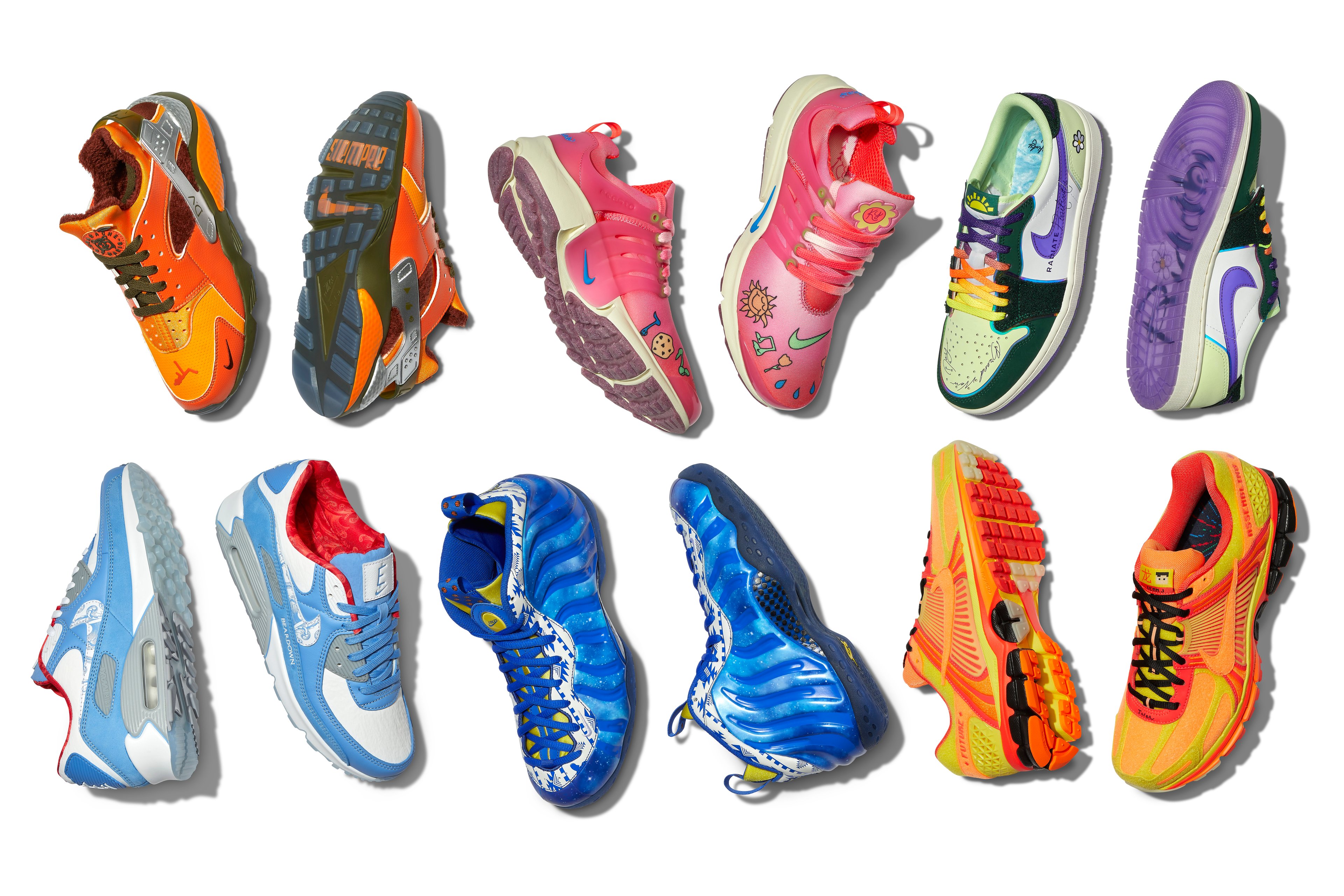
Image Source: Motley Fool.
It's been a rough year for the Swoosh.
Nike (NKE +0.26%) shares dipped again this week as its first-quarter earnings report sent the stock down 4%. Even though the world's biggest athletic brand topped estimates, the market was disappointed by weak futures orders, meaning product orders scheduled for delivery over the next five to six months. Analysts are blaming the slowing growth on a resurgent Adidas (OTC: ADDYY) and skyrocketing footwear growth from Under Armour (UA +0.33%), but they may be missing the bigger picture.
The stock is now approaching a 52-week low, down nearly 25% from its peak last fall and 16% year-to-date. The way things are going, the stock is on the way to its first losing year since 2008. Is it time for investors to hit the sell button?
Futures orders aren't everything
Nike topped estimates on top and bottom lines in its recent report, but its futures orders came up short. Globally, orders for the upcoming months grew just 5%, or 7% when adjusted for currency exchange. In North America, they were up just 1%.
Reflecting what the company believes is the declining importance of futures orders, CFO Andrew Campion said Nike would no longer report them as a stand-alone metric in the earnings report, and would instead include them in the SEC filing and discuss them on the earnings call in order to give them some context.
Traditionally, almost all of Nike's business has come from wholesale, or through futures orders, a system invented by co-Founder Phil Knight which offers bulk orders at a discount as a way for the company generate cash before delivering a product.
But as e-commerce sales have grown and Nike has opened up its own stores, its wholesale business has become a diminishing source of growth. In five of the last six quarters, Nike's sales guidance has been a better predictor of revenue growth.
In 2015, the footwear-maker outlined a goal of reaching $50 billion in revenue by 2020, an increase on the top line of $20 billion from $30.6 billion in 2015. Half of that growth is expected to come from the direct-to-consumer (DTC) channel, which includes Nike's own stores and e-commerce as it expects DTC to grow from $6.6 billion in 2015 to $16 billion in 2020. In other words, the burden on futures orders or wholesale to deliver growth will be significantly less than it has been in the past. E-commerce will be a key driver of that growth -- it is expected to reach $7 billion by that year.
Separating from the competition
With the rise of e-commerce and Amazon.com, traditional retailers are feeling the heat. Department store stocks have plunged this year alongside falling comparable sales, bringing down not only retailers by the apparel makers that rely on them like Ralph Lauren, Coach, and Michael Kors.
Athletic apparel brands have fared better in the shakeout, but even upstart Under Armour dialed back its guidance when Sports Authority, a key partner, declared bankruptcy.
Nike's strategy here seems to be ahead of the curve. It's moving away from the staid brick-and-mortar channel and forging its own path, and the company has found success both by opening its own stores and through e-commerce.
At a time when many retailers are shuttering stores and posting declining comps, Nike's store network delivered comparable sales growth of 10% last fiscal year and 16% the year before, evidence that the brand continues to be a major draw. And unlike many retailers, which have admitted that e-commerce sales are less profitable than brick-and-mortar ones, Nike has made it clear that its direct-to-consumer division is expanding margins. In each of the past two years, it's credited gross margin increases to "the higher margin direct-to-consumer (DTC) business." Nike now has nearly 1,000 DTC stores around the world, growing its base by close to 10% a year, while online sales jumped 51% last year.
Finally, CFO Andrew Campion noted on the earnings call that the company would deliberately keep supply tight in North America in order to foster a pull market. He also said he expected North American revenue growth to outpace futures orders due to stronger sell-through to consumers.
In the context of that strategy and the growth in Nike stores and e-commerce, slowing futures orders don't seem to be such a big threat.






